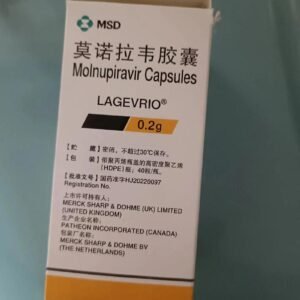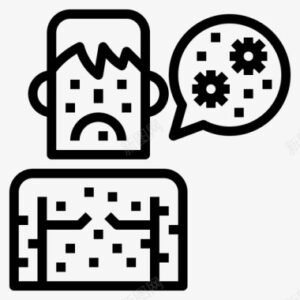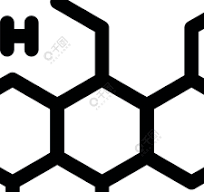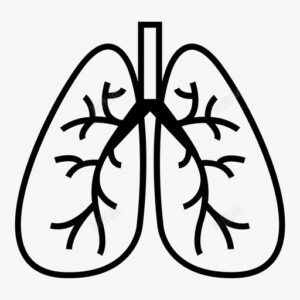Solifenacin Succinate Tablets.
Function and indication:
It is suitable for the treatment of urinary incontinence and/or frequent urination and urgency symptoms associated with overactive bladder.
Usage and dosage:
The dosage and administration of this product may vary for different dosage forms and specifications. Please read the specific drug instructions for use or follow the doctor’s advice. Solifenacin succinate tablets: The recommended dose of this product is 1 tablet (5 mg) once a day, and can be increased to 2 tablets (10 mg) once a day if necessary. This product must be taken with water as a whole, and can be taken before or after meals. 1. Patients with renal dysfunction: Patients with mild and moderate renal dysfunction (creatinine clearance > 30mL/min) do not need to adjust the dosage. Patients with severe renal dysfunction (creatinine clearance > 30mL/min) should use the drug with caution, and the dosage should not exceed 5mg per day. 2. Patients with liver dysfunction: Patients with mild liver dysfunction do not need to adjust the dosage. Patients with moderate liver dysfunction should use the drug with caution, and the dosage should not exceed 5mg once a day. 3. Strong cytochrome P4503A4 inhibitors: When used simultaneously with ketoconazole or other strong CYP3A4 inhibitors at therapeutic doses such as ritonavir, nelfinavir and itraconazole, the maximum dose of this product should not exceed 5 mg.
Adverse reactions:
1. Due to the pharmacological effects of solifenacin, this product may cause mild (usually) and moderate anticholinergic side effects, the frequency of which is dose-related. 2. The most common adverse reaction reported for this product is dry mouth. The incidence of patients treated with 5 mg once daily was 11%, the incidence of patients treated with 10 mg once daily was 22%, and the incidence of patients treated with placebo was 4%. Usually the degree of dry mouth is mild, and occasionally patients need to interrupt treatment. Overall, compliance with drug treatment is very high (about 99%), and about 90% of patients treated with this product completed the 12-week study. 3. Adverse reactions According to the MedDRA system organ class, they are very common (≥1/10); common (≥1/100, <1/10); uncommon (≥1/1000, <1/100); rare (≥1/10000, <1/100); extremely rare (<1/10000); and unknown (cannot be inferred from existing data). (1) Infections and infectious diseases: Rare: urinary tract infection, cystitis. (2) Psychiatric disorders: Extremely rare: hallucinations. (3) Nervous system disorders: Uncommon: somnolence, taste disorders. Extremely rare: dizziness, headache. (4) Eye diseases: Common: blurred vision. Uncommon: dry eyes. (5) Respiratory system, chest and mediastinal diseases: Uncommon: dry nose. (6) Digestive system diseases: Very common: dry mouth. Common: constipation, nausea, indigestion, abdominal pain. Uncommon: gastroesophageal reflux, dry throat. Rare: Colon obstruction, fecal impaction. Extremely rare: Vomiting. (7) Skin and subcutaneous tissue disorders: Uncommon: Dry skin. Extremely rare: Itching, rash, urticaria. (8) Kidney and urinary system disorders: Uncommon: Dysuria. Rare: Urinary retention. (9) General disorders and administration site conditions: Uncommon: Fatigue, peripheral edema.
Contraindications:
This product is contraindicated in the following cases: 1. Patients with urinary retention, severe gastrointestinal diseases (including toxic megacolon), myasthenia gravis or narrow-angle glaucoma. 2. Patients allergic to the active ingredients or excipients of this product. 3. Patients undergoing hemodialysis.
Share:
Products
Our offers
Health Classification
Let us work together to protect precious health































